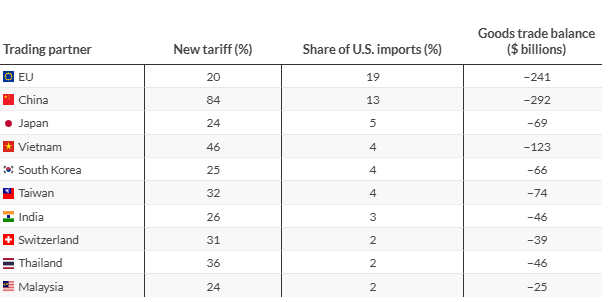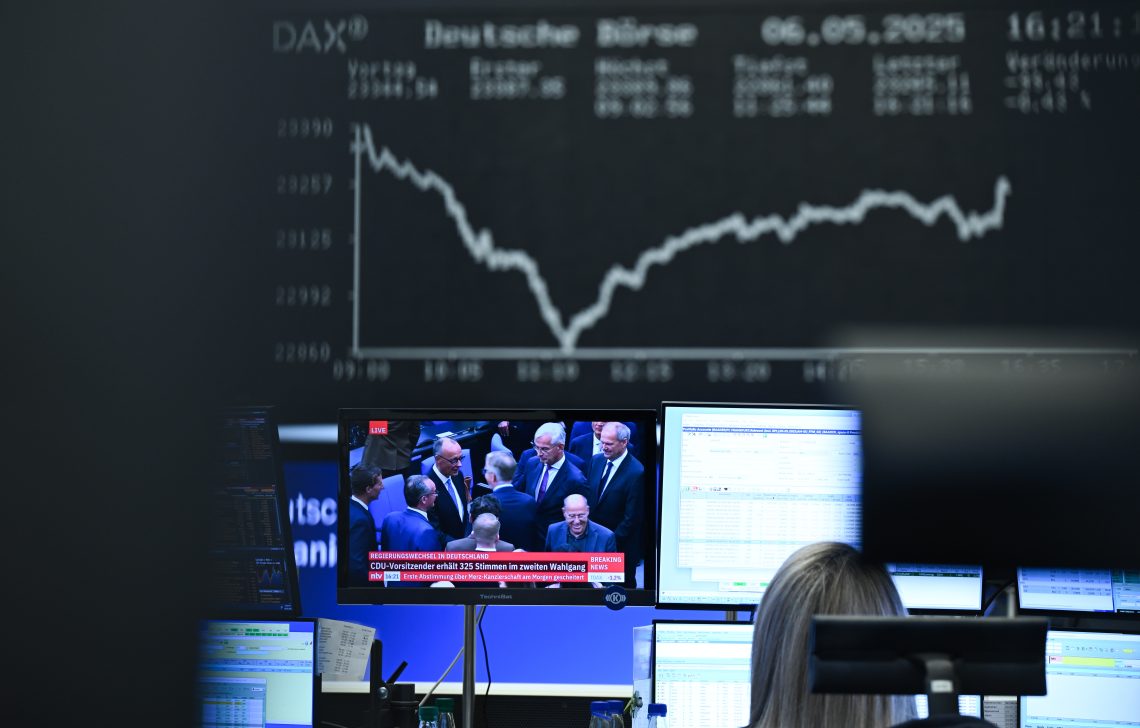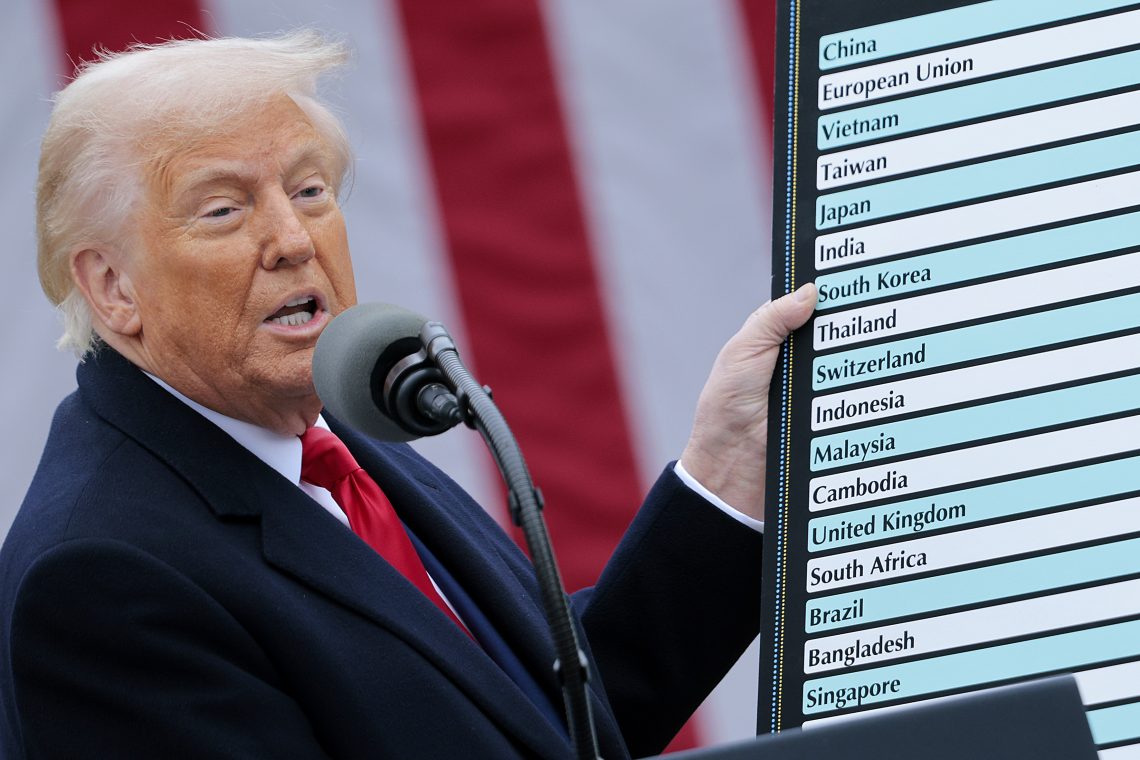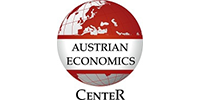How superpowers will reshape globalization
In the past, globalization referred to an economic framework in which producers would make use of increasingly larger amounts of intermediate inputs – goods consumed in the production process – imported from all over the world. These new production models involved vast and widely distributed supply chains, transforming local and regional opportunities into worldwide markets. They also encouraged buyers and sellers to capitalize on economies of scale – an approach that necessitated ambitious, multiyear investments by capitalists, with satisfactory returns appearing over time.
In other words, globalization has ensured that reliable suppliers and strategic risk-taking play a major role in entrepreneurial choices, with success requiring easy access to financial markets and insightful long-term decision-making.
Despite increasing governmental interference like higher taxation, heavier regulation and relentless manipulation of financial markets, globalization worked. Long-term investments made fast technological progress possible, and competition kept the world economy growing.
Conflicting visions of trade
In January 2025 the picture started deteriorating and in March the global economic situation took an ominous turn. The United States and China, the two pillars of growth in recent decades, have experienced setbacks over the past years. The U.S. has lost its technological leadership in some key areas and has run into public-finance problems (a large public debt and a swelling budget deficit). At the same time, China has made costly strategic errors, leading to the notorious real estate bubble and further centralization. These missteps wreaked havoc on the financial sector and created tensions between central and regional authorities.
Facts & figures: Tariffs announced by the Trump administration on April 2, 2025
On Wednesday, April 2, 2025, President Trump announced his most extensive tariffs to date. Later during the month, he paused the measures for 90 days for a majority of the countries targeted, but hiked tariffs targeting China. Source: The New York Times
China seems bound to react to its current economic difficulties as it usually does: more centralization and more public spending. This approach will probably intensify if the Taiwan clash deepens and military confrontation leads to an international crisis. Beijing’s efforts to develop a Chinese intercontinental bloc are also evident. This is the driving purpose of its investments on a global scale, designed to build infrastructure and to make countries worldwide indebted and beholden to China.
The long-term vision is clear. In some cases, Beijing strives to circumvent trade barriers imposed by Europe and North America, while in other cases it seems interested in securing privileged access to raw materials, springboards for future exports and possibly military footholds. Although China is by no means a champion of free trade, it does not seem inclined to solve its domestic problems by deliberately destabilizing the world economy.
Since President Donald Trump took office, Washington’s approach to international economic relations has been markedly different from Beijing’s. The current administration rightly complains about the presence of tariff and non-tariff trade barriers, especially those enforced by friendly countries and regions like Canada and the European Union.
At the same time, President Trump believes that retaliation is appropriate and claims that introducing new tariff barriers will help balance the U.S. budget and make the federal debt sustainable. It is not clear whether he actually believes tariffs will balance bilateral trade flows and redress U.S. public finance, or whether he is persuaded that his confrontational approach is necessary to strengthen America’s prestige, boost its allegedly strategic industries and meet the expectations of the American voters.
Nevertheless, the costs of a trade war, of greater governmental interference in foreign direct investment and of increased uncertainty in terms of growth – in the U.S. and in other countries – will be substantial. In the days following the tariff announcements alone, equity markets worldwide tumbled by more than an aggregate 10 percent. The U.S. administration seems to be aware of the danger going forward, but Washington insists that the U.S. will eventually be better off and that difficulties will only be “temporary.”
The rest of the world is now heading toward fundamental realignments in global trade and foreign direct investments. A dual crisis faces the world’s largest economy – the U.S. presents a public-finance crisis and its growth is slowing down. A potentially hostile China is eager to profit from America’s gamble.
Scenarios
Given the rather steady and consistent Chinese approach to international economic relations, there are three possible scenarios, all depending on the course steered by the U.S.
Likely scenario: All-out trade war
A more likely scenario consists of an all-out trade war across the Atlantic. Tariff and non-tariff measures will spiral out of control and trade flows in most industries will be severely damaged. Financial and direct investments will also suffer. Europe will strive to find new suppliers of energy, as well as new export markets in Asia and possibly Latin America.
This strategy is feasible, but at a cost: Exporters will face competition from a host of inexpensive and aggressive Asian producers in the ASEAN bloc. Meanwhile, the U.S. will likely try to force preferential trade agreements in at least some South American countries. The silver lining is that a trade war with the U.S. will necessarily push the EU to reconsider its current energy policy and engage in some trade liberalization with old and new trading partners alike.
Even if they do not go to extremes, tensions across the Atlantic will encourage European producers to diversify their supplies and hopefully ease some regulation in key industries. However, geopolitical components will play a significant role. Given the political risks affecting certain countries, fragmented supply chains exposed to potentially unsafe sea routes point toward regional autarky and industrial policy as strategies to bolster EU resilience and sustainability. Unsurprisingly, bureaucrats will welcome the shift.
Unlikely scenario: Trade tensions ease
The countries directly targeted by U.S. tariffs could retaliate – as China has already done − and eventually persuade Washington to negotiate a solution that restores world trade to the pre-Trump status quo. If so, damage would be contained, but the harm inflicted so far would still take its toll. It would take time for entrepreneurs to consider early 2025 an accident, to trust lawmakers again and believe that the benefits of globalization still outweigh the risks involved.
Europe and Canada could also surprise the world and respond by enforcing – and not merely proposing – a drastic cut in all trade barriers, which would also imply deregulating and scrapping most of their current antitrust legislation. In this case, the Trump administration would perhaps claim victory and take back its initial headlong initiatives. This situation would be a win-win for virtually all sides, except for EU regulators and a few privileged producers on both sides of the Atlantic.
This scenario is unlikely, however, given how much the Trump administration relies on muscular protectionism. The U.S. might soon need the tariff revenues involved, even if they saddle American growth prospects and are not enough to fix public-finance problems. At the same time, Europe lacks the leadership needed to stand up to Washington lawmakers, Brussel’s technocrats and public opinion.
Unlikely scenario: The global economy fragments into spheres of influence
A scenario based on altogether different economic rules that contrast the vision pursued during the past 60 years and symbolized by the World Trade Organization is possible but unlikely. The U.S. would make use of selective trade agreements to transform the current multilateral trade system into some sort of cartel led and regulated by today’s superpowers. Washington and Beijing would give each other free reign in their areas of influence and possibly support each other in establishing economic power in their respective areas. Europe would be the clear loser and end up as a quasi-satellite of one or two powers. Most likely, the EU as we know it today would disintegrate.
This would be a nightmare-come-true story, but it is not unrealistic. Europe is politically weak: It has no foreign policy and its trade policy boils down to keeping developing countries at bay. Europe is also financially fragile, given its addiction to debt-financed projects, from welfare to climate change and now defense. One can easily imagine a large portion of the Old Continent behaving as a willing and obedient partner in a system ruled by an assertive superpower, especially if financial helplines are offered as bait.
This report was originally published here: https://www.gisreportsonline.com/r/globalization-superpowers/

































